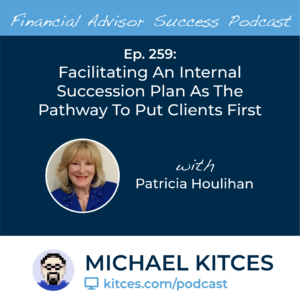According to the American Psychological Association, nearly 2/3 of Americans rate money and work as significant sources of stress in their lives. And because money is such a common source of stress, as well as a difficult or uncomfortable topic for many to discuss, we often tend to seek ways to minimize consciously thinking of how we use money (such as by opting for cash-free forms of payment). But people who don’t retain at least some awareness of their spending may subconsciously use other people's behavior as a guide to making money decisions, instead of consciously making choices based on their own personal values and priorities.
In this guest post, Derek Hagen – Founder of Money Health Solutions, a financial therapy and financial life planning firm – discusses how financial advisors can develop a Financial Purpose Statement for their clients to use by helping them examine their relationship with money and identifying their most meaningful goals. Furthermore, he explains how the Financial Purpose Statement can guide clients to live their (financial) lives with deliberation, ultimately helping them to (re-)align their behavior with what matters most to them!
At its core, a Financial Purpose Statement consists of a simple statement that crystallizes the purpose of money in the client’s life. To develop a relevant Financial Purpose Statement, an individual must reflect deeply on the kind of life they would like to have and the person they want to be. Advisors have several tools they can use to help clients examine these ideas and identify their most meaningful values. Some of these include the Klontz/Kahler/Klontz Life Aspirations exercise, which helps individuals consider their ideal life; the Miller/Rollnick Values Cards, which create a systematic process to prioritize meaningful personal values; and George Kinder’s Life Planning Questions, which aim to reveal important life priorities by asking clients to contemplate their own mortality.
Ultimately, Financial Purpose Statements can distill an individual’s values and priorities into an easily accessible reminder that can help them make spending decisions in alignment with what really matters most to them. And by helping clients to develop their own Financial Purpose Statements, advisors can encourage their clients to get clear on what their most important priorities are and guide them toward making the right financial decisions, helping clients live happier lives and achieve their most important goals with clarity and intention!

 Welcome back to the 259th episode of the Financial Advisor Success Podcast!
Welcome back to the 259th episode of the Financial Advisor Success Podcast!

